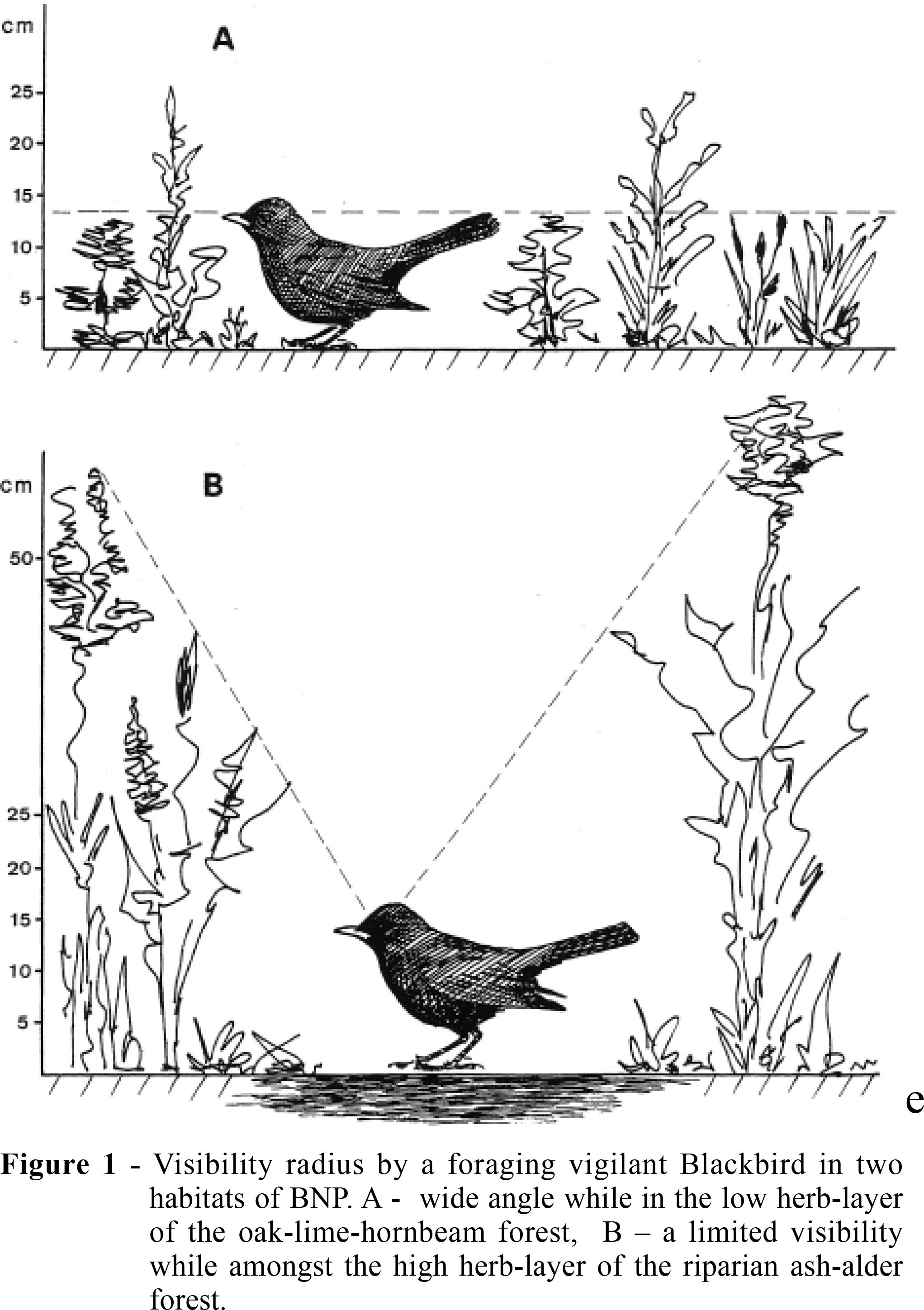Por que a plumagem escura do melro europeu Turdus merula?
DOI:
https://doi.org/10.35699/2675-5327.2006.23129Palavras-chave:
Dark/black plumage, crypsis, primeval habitat, European Blackbird Turdus merulaResumo
Why does the European Blackbird’s dark coloration match the ground color of the less widespread of its breeding habitats, the riparian forest, although its main European population occurs in the pale-litter woodland? It is argued that crypsis of all the age stages was more necessary in riparian stands, as this habitat is more risky for the species owing to a high ground vegetation surrounding a foraging bird. Poorer crypsis of Blackbird plumage in pale-litter habitats may be a neutral feature, being compensated by easier scanning of the surroundings over the lower and sparcer herb vegetation and by a tendency to remain in dark sites. The black plumage of the Blackbird male, perhaps reinforced by sexual selection in pristine forest conditions may also retain its cryptic function.

Downloads
Publicado
Edição
Seção
Licença

Este trabalho está licenciado sob uma licença Creative Commons Attribution-NonCommercial 4.0 International License.
